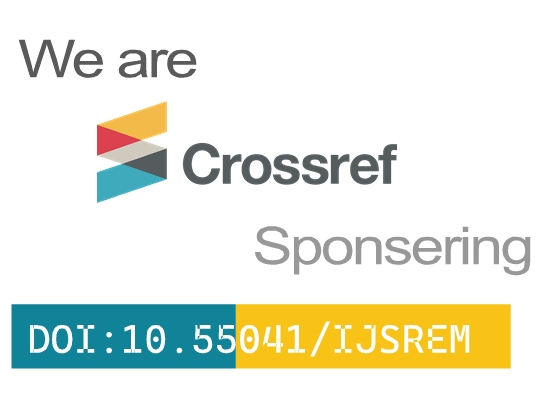An Empirical Study on the Impact of Packaging, Labeling, and Branding Strategies on Consumer Perception.
By Aadya
Abstract
In today’s competitive market environment, packaging, labeling, and branding have emerged as decisive factors influencing consumer perception and behaviour. This study examines the interconnected role of these elements in shaping purchasing decisions, trust, and long-term loyalty. Using a structured survey of 250 respondents across diverse demographic and cultural backgrounds, the research employed descriptive statistics, correlation, and regression analysis to evaluate the extent to which packaging aesthetics, label transparency, and brand consistency affect consumer attitudes.
Findings reveal that packaging design, particularly colour, shape, and eco-friendly materials, significantly drives initial consumer attention and purchase intentions. Labels serve as a crucial bridge of trust, with clarity, nutritional information, and third-party certifications strongly influencing credibility. Notably, misleading or ambiguous labeling was found to reduce consumer trust by 68%. Branding emerged as the most influential long-term factor, with consistent visual identity, value alignment, and reputation strongly correlating with loyalty (r = 0.65). Cross-cultural and demographic differences were also observed: urban and younger consumers favoured innovative packaging and branding, while rural and older consumers prioritized simplicity, transparency, and product authenticity.
The study highlights three key drivers of consumer perception: visual attractiveness, quality of information, and brand trust. Together, they account for over 70% of the variance in consumer behaviour. The findings suggest that businesses adopting integrated strategies—combining creative packaging, transparent labeling, and consistent branding—can build stronger consumer relationships and gain competitive advantage. Beyond managerial implications, the study underscores the importance of sustainability and ethical communication in shaping modern consumer expectations. Recommendations include investment in eco-friendly packaging, adoption of transparent labeling practices, and segmentation-based branding strategies tailored to demographic preferences. This research contributes to the literature by offering a holistic analysis of product presentation, bridging marketing practice with consumer psychology, and providing actionable insights for both firms and policymakers.
Keywords: Packaging Design, Labeling Transparency, Branding, Consumer Behaviour







